Tags: Birds
Birds Adjust Their Migratory Patterns With Green Vegetation
Unique DNA in Owl Eyes Give Them Night Vision to Rule the Dark
Experts Found These Tiny Yet Clumsy Bat-Winged Dinosaurs
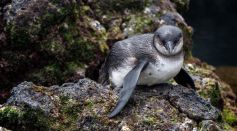
The Galapagos Sees Record Increase in Its Endemic Penguins and Cormorants
Mammals and Birds Were Not Warm-Blooded Not Until the Greatest Mass Extinction
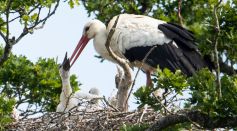
Scientists Monitor White Storks in Hopes of Finding Lost Migratory Habits
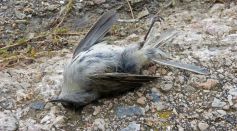
Thousands of Birds Mysteriously Drop Dead in New Mexico
Brood Parasites "Diversify Portfolios" In Times of Environmental Flux
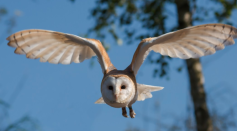
Tear Study Can Help With Conservation of Species

Alan Turing's Math Equations Used to Understand Bird Behavior

Andean Condors Can Fly for Up to 100 Miles Without Flapping Its Wings Taking Advantage of the Air Currents
Satellite Follows ‘Mammoth Journey’ of Five Cuckoos on an Epic Journey
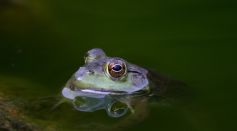
Scientists Discover the Origin of Acoustic Communication
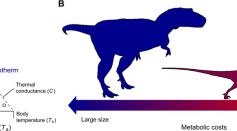
Miniaturization in Theropod Dinosaurs Paved the Way for Endothermy in Birds
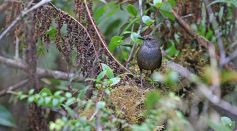
New Species and Subspecies of Birds Found in Wallacea
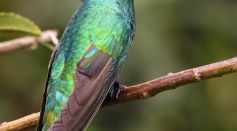
Hummingbirds and their Brightly-Colored Feathers: Scientists Explain Why These Birds Are So Brightly-Colored
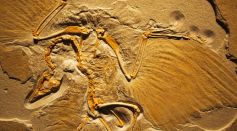
New Species of Ancient Bird Found in Japan

Climate Change Affects Migration of Birds
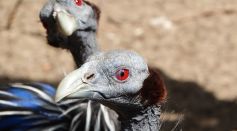
Vulturine Guineafowl Exhibits Behavior Reflective of a Multilevel Society—Something Uncommon to Birds
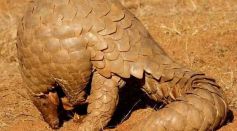
New Study Shows the Extent of Global Illegal Wildlife Trade
Most Popular

Viruses vs Bacteria: Key Differences, How They Spread, and How We Treat Them

Recycling Myths vs Facts: What Actually Gets Recycled and How to Do It Right

What Is Conservation Biology? Key Strategies to Protect Species and Habitats

How Ice Cores Reveal Climate History: Insights from Paleoclimate Science and Ancient Data




